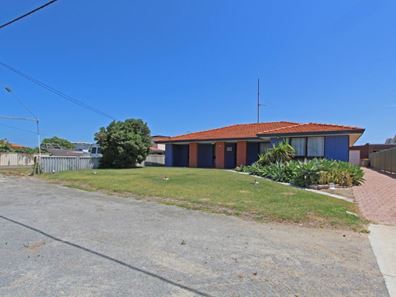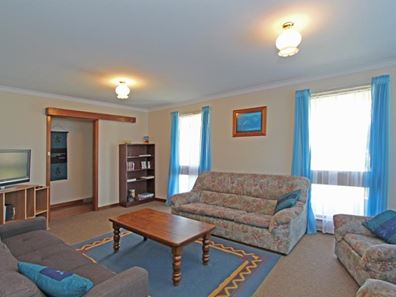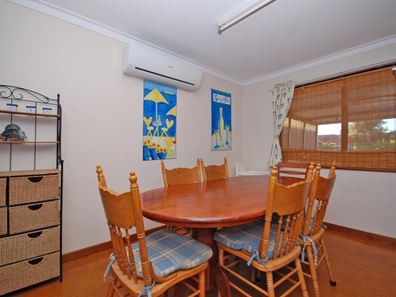Under Offer
It's rare to find a brick home in the original Jurien Bay, plus with 4 bedrooms at only $359,000!
It's true, I have 7 Tahiti Place available. It's in a great location, you don't even need to cross a street to get to the beach, it's walking distance to parks, shops and obviously the beach and as a double bonus it's located on a quiet cul de sac! Other features include:-
• 741m2 block
• 4 spacious bedrooms
• Separate dining/lounge
• Aircon to main living
• Fantastic alfresco area, perfectly positioned from the southerly winds.
• Bore/retic gardens
• Large shed with power
• Rear access
• Established trees
• Landscaped backyard
Doesn't get any beachier than the "blue house in the bay"! It's kind of famous and popular amongst our holiday makers for the brilliant location, layout and backyard.
To inspect today or for more information, call Samantha on 0409 104 724.
Property features
-
Air conditioned
-
Garages 2
-
Toilets 1
-
Dining
Property snapshot by reiwa.com
This property at 7 Tahiti Place, Jurien Bay is a four bedroom, one bathroom house sold by Samantha Murdock at Ray White Jurien Bay on 13 Dec 2019.
Looking to buy a similar property in the area? View other four bedroom properties for sale in Jurien Bay or see other recently sold properties in Jurien Bay.
Nearby schools
Jurien Bay overview
The townsite of Jurien Bay is located on Jurien Bay, 266 kilometres north northwest of Perth. The bay, from which the townsite derives its name was named on July 1st 1801 by the French expedition under Captain Baudin. The name honours Charles Marie, vicomte Jurien, 1763-1836, a French naval administrator. Early maritime history of Jurien Bay includes visits by Captain Philip Parker King in the brig "Bathurst" in 1822, Lt. William Preston in the hired cutter "Colonist" in 1830 and J W Gregory in the schooner "Thetis" in 1847-8. The bay was first surveyed by James Harding, Harbour Master of Fremantle, in 1865, and a more extensive survey was made by Staff Commander W E Archdeacon R.N. in 1875.
The first evidence of interest in development at Jurien Bay was when a reserve for Shipping and Landing was declared here in 1887. A church site reserve for the Church of England was gazetted in 1930, and a church erected in late 1931. The church was demolished by the Army in early 1942 because it was of landmark value (of possible aid to a Japanese landing!).





